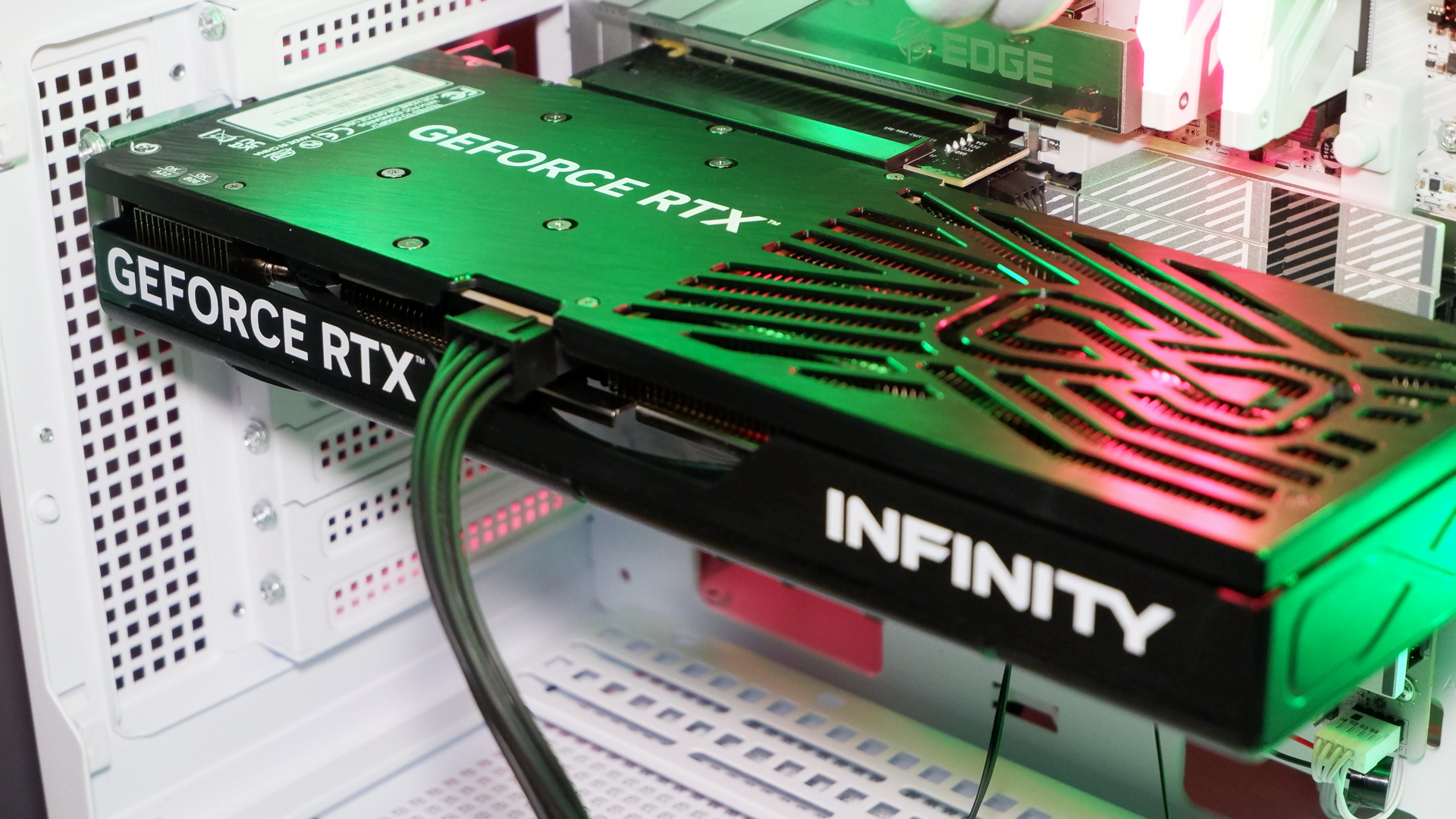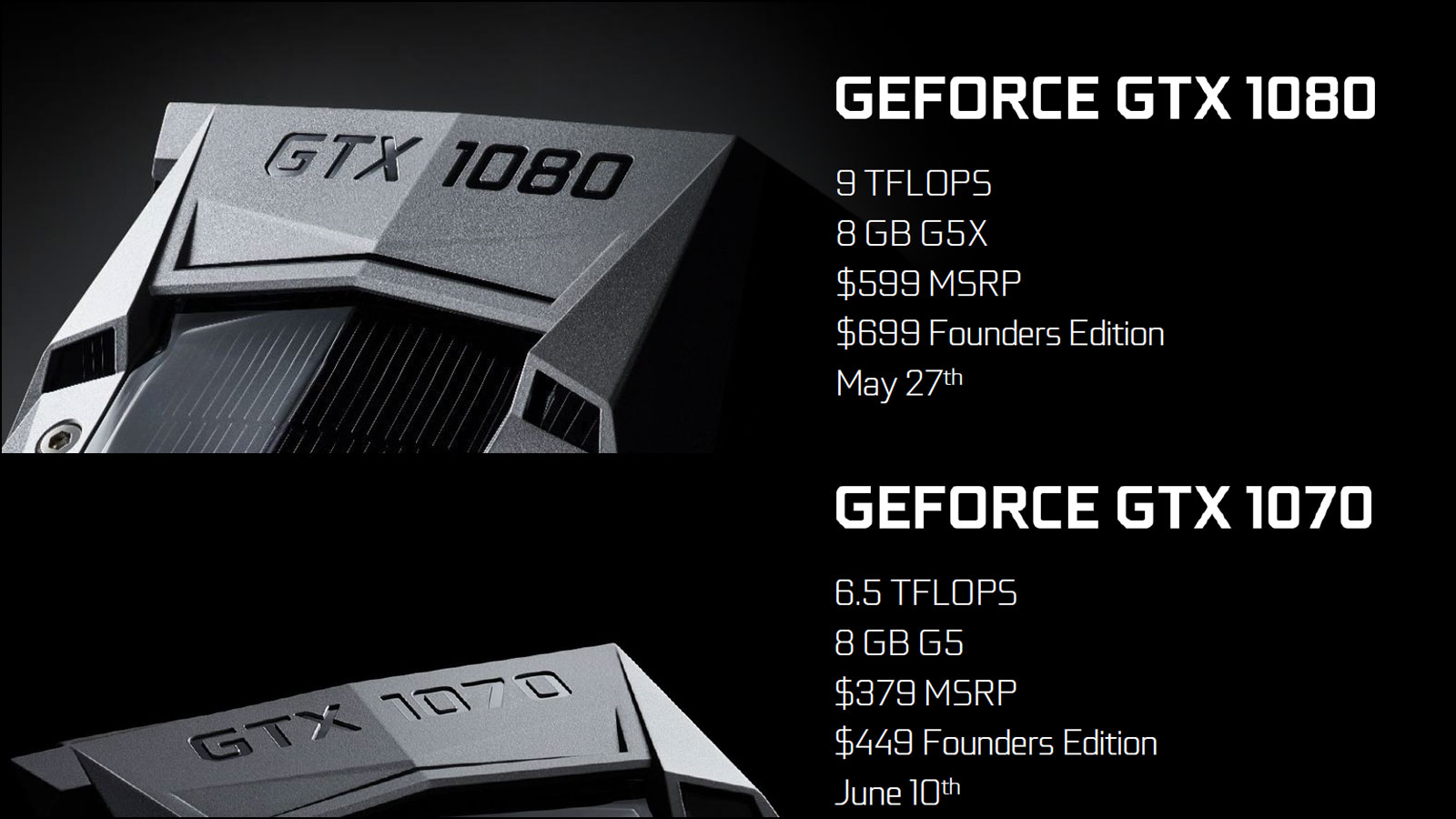
The sales results from one retailer can't be used to judge the success of a product across the globe, but if those from German retailer Mindfactory are anything to go by, it would seem that PC gamers have really had enough of 8 GB graphics cards. So much so, they're willing to pay an extra €70 ($82) just to have the doubled VRAM version of the RTX 5060 Ti.
When Nvidia launched the GeForce RTX 5060 Ti graphics card back in April, it did something a little unusual. Rather than release the 16 GB and 8GB versions at the same time, it delayed the latter by a few days. It also never issued review samples of the 8 GB model; in our case, we just got 16 GB cards from MSI and Palit.
Other than the amount of VRAM, there are no differences between the two versions of the 5060 Ti. Well, there's one difference, and it's the price tag. Nvidia set the MSRP to $379 and $429, respectively, and while $50 might seem like a relatively big chunk of money, the 16 GB 5060 Ti is only 13% more expensive than the 8 GB one.
While Nvidia has not really said much about its decision to offer an 8 GB 5060 Ti, AMD has explained its reasons for doing the same with the Radeon RX 9060 XT, and it's down to the fact that there is still demand for them globally.
However, PC retailer Mindfactory hasn't experienced this at all. According to a report by TechPowerUp, sales of the 16 GB RTX 5060 Ti have exceeded those for the 8 GB one by a factor of 16. Even though its cheapest 16 GB card is €70 more expensive than its cheapest 8 GB model.
US retailer Newegg never provides these kinds of statistics, but its price difference for 16 GB RTX 5060 Ti and 8 GB RTX 5060 Ti cards is roughly the same as that at Mindfactory, so I suspect it's seeing similar sales figures.
But if one moseys over any of the major OEMs and system builders, one will see that the RTX 5060 Ti typically offered is the 8 GB one. Alienware, HP and Lenovo, for example, don't even offer the 16 GB model as an option in the UK.
The first graphics cards to sport 8 GB of VRAM were the likes of the AMD Radeon R9 390 and Nvidia GeForce GTX 1080, released in 2015 and 2016, respectively. For their time, these were high-end products or 'performance sector', if you prefer. That was a decade ago, and Mindfactory's sales figures suggest that PC gamers are of the mind that what was acceptable back then just doesn't cut the mustard anymore.

If we were talking about entry-level graphics cards, such as the GeForce RTX 5050, I'd disagree, but the RTX 5060 Ti is anything but entry-level. I accept that some markets will probably baulk at coughing up an extra $82 for more VRAM, but the EU, UK, and US sectors?
Unlikely, which makes me wonder why AMD and Nvidia even bother to sell 8 GB versions of their RX 9060 XT and RTX 5060 Ti cards for those markets in the first place.
Perhaps the buying habits of PC gamers will push GPU vendors to move with the times, but I suspect we're still going to see 8 GB cards for many years to come. Perhaps not on retailers' shelves but certainly in prebuilt PCs.







